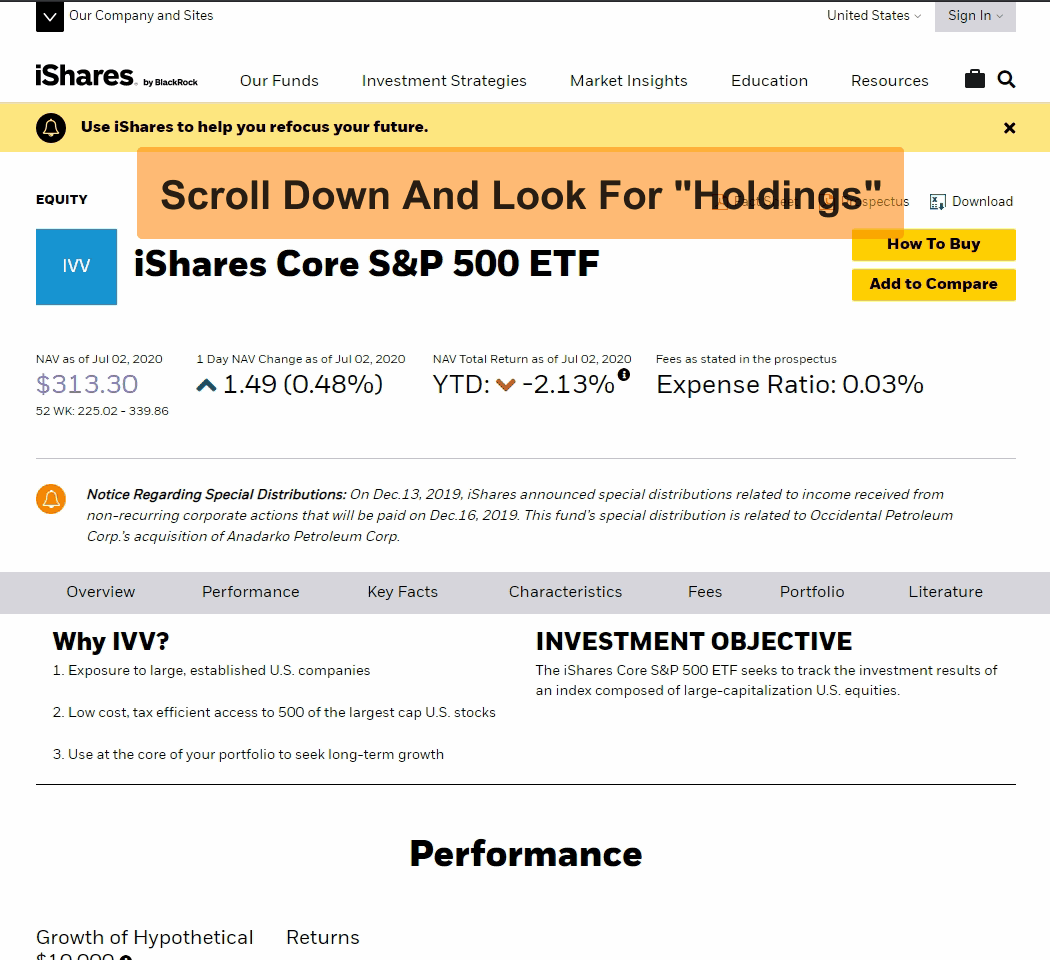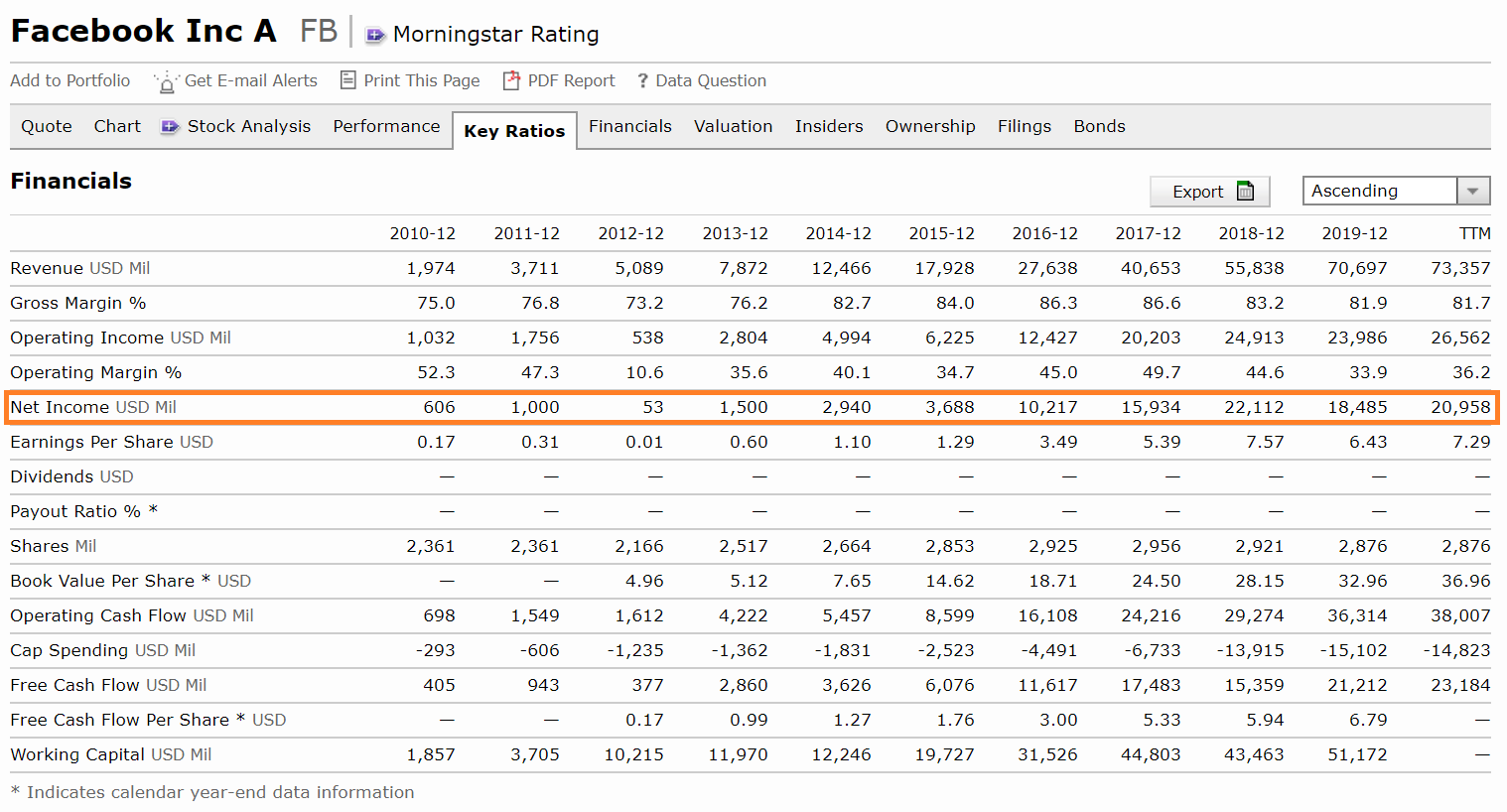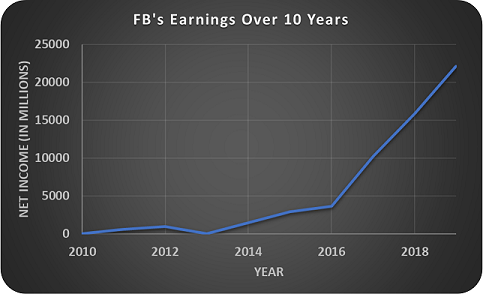If you are just starting out with investing, there's one thing you need to know.
You are probably going to get tempted to invest in any "hot stock" tips from Facebook groups or the news, hoping that you don't miss out the ride.

But, most of the times, these "hot stocks" didn't work out...
So...
What CAN you actually do to filter out stock ideas that you are getting from the street?
The Funnel Method.

Its a simple strategy that helps me filter out possible losing stock ideas from all the stock ideas we get in our day to day lives.
And in today's case study, I am going to show you the exact step-by-step process that I used.
The Only Reason Why Share Price
Increases In The Long Run

The keyword here, is "in the long run".
Investing in the stock market is not a get-rich-quick scheme.
It takes consistency and discipline - and coupled with proven strategies, the stock market will reward you in the long term.
However, in today's context, most people are wired for instant gratification.
Like how we are pampered by same-day delivery or the wealth of information we have access to in a simple google search.
Because of the instant gratification wired in our brains - it takes discipline to approach the stock market with a long term mindset.
In the long run, the stock market is a weighing machine; in the short run, it is a betting machine.

So the key question for investors is this, how can I invest so that I know I will make money in the long run.
Or perhaps, the question should be phrased, "What causes share price to increase in the long run.
The answer?
Well, its earnings!
Share price is driven by earnings!
Why Earnings Are So Important?
And this is one of the biggest things that most investors missed out - and it is worrying.
Let's say, in 2012 - you bought a house for $100,000, and you have manage to rent it out for annual rental income of $20,000.

5 years later, you renovated your house and your rental income increased to $40,000.
How much do you think your house would be worth now if you choose to sell it?
Well, it would be at least $200,000!
Because it is now bringing in twice the amount of rental income!
The logic behind this is simple and easy to understand.
Let's switch gears and go back to the stock market.
The only reason why share price of companies increases in the long run, is also because the earnings of the company increases!

So the bottom line?
Only invest in companies whose earnings will increase in the long run.
And as the earnings of the company increases, you can ride on it like an escalator as share price increases.
How To Avoid Losing Stocks
Using The Funnel Method

At this point, you might be thinking, "That sounds great, I want to get started on this Funnel method, how do I start?"
Here's a breakdown of the 3 step process:
Step 1: Find a stock that you want to research on
Step 2: Take a look at its earnings trend
Step 3: Evaluate the sustainability of the trend
Step #1: Find A Stock

This is probably the easiest part.
Why?
Because, as long as you have a "Funnel", you can have all the stock ideas in the world, and you just have to let the funnel do its jobs to filter out the poor quality stocks.
So now, how do we find stocks?
Well, one of my favorite ways I do it is through by using the S&P 500 ETFs.
ETFs stands for Exchanged-Traded Funds, and it holds a basket of shares.
And as the name suggests, there are 500 large cap companies in the S&P 500 ETFs.
One of the ETFs is the SPY.
The table below shows the top 10 companies in the SPY ETF.
Company | Ticker |
|---|---|
Microsoft Corporation | MSFT |
Apple Inc | AAPL |
Amazon | AMZN |
FB | |
Alphabet | GOOG |
Johnson & Johnson | JNJ |
Berkshire Hathaway | BRK |
Visa | V |
Proctor & Gamble | PG |
JPMorgan Chase & Co. | JPM |
There are investors who prefer to invest in the entire ETF, and this means that they immediately diversify across 500 shares just by investing in the SPY.
However, there are some stocks are in the SPY that I wouldn't want to hold simply because of their poor earnings.
You can get the whole list of 500 companies right here.
https://www.ishares.com/us/products/239726/ishares-core-sp-500-etf
Open the link right now, and follow the video below.

How To Find The Holdings Of S&P 500
In short, you don't have a lack of stock ideas - I just gave you 500 stock ideas.
But not all stock ideas are good, and besides, you want to invest in businesses that you understand.
The next step is to filter out the companies that are not making earnings.
Step #2: Examine The Earnings

Remember what I said, share price are driven by earnings?
So if the earnings continue to increase, the share price will follow as well.
But how do we know if the earnings will continue to increase?
Well, a business can increase its profits in a few ways:
And as the earnings of the company increases, the share price will eventually follow.
So what do you want to do as an investor?
Well, you have to read their annual reports to understand what are the management plans for the company.
How are they intending to grow the profits of their business.
That is the key question to ask yourself as an investor.
You might be thinking, what if I don't have the time to do the research on all thre growth plans of the company?
Well, you really should spare some time - but otherwise, here's a quick and dirty way to do it.
That is known as earnings trend.
The trend is your friend.

This is a common quote among traders.
But this could be apply for earnings trend as well.
If the management have been doing well to be able to increase the earnings of the company for the past 10 years, it is likely that it is able to increase its earnings over time in the future as well.
While past performance is not a indicator of future performance, it can be a good predictor.
Its kinda like if your child have been scoring an "A" for maths for 5 years, it is likely he will do well for maths in the future as well.
Let's put things into context, which will you rather invest in based on the earnings trend that you see?

Based on the earnings alone, could you guess which company did better?
Or rather, which will you rather invest in?
Now let's take a look at their share price.

Can you see that if we have invest in companies that are actually growing its earnings, we have a better shot of making a better investment.
Of course, there is also valuation to be done before making any investment, otherwise, it can still be a poor investment.
This is why it is so important to invest in companies that have a trend of increasing earnings in the first place.
So what could you do?
Remember, the 500 stocks from the SPY ETF?
We can now narrow down our stock ideas simply by looking at whether there's an increasing earnings trend.
How do you identify the earnings trend?
Well, you can simply go to morningstar.com and look for key ratios of the company.
For example, if we wanted to find out the earnings trend of Facebook, we could go to morningstar and examine Facebook's earnings for the past 10 years.
http://financials.morningstar.com/ratios/r.html?t=FB®ion=usa&culture=en-US

You can then examine whether the earnings is on an uptrend.
In fact, an easier way is to plot the entire 10 years earnings on a graph and you will be able to visually see if it is on an uptrend.

And this is the reason why I invested in Facebook, because in my opinion, Facebook will still be able to grow its earnings over time.
The more important thing, is the ability to sustain its earnings growth - and this is done by looking at its other numbers, and of course, the growth plans of the company.
However, let's just look at the numbers in this case study - cause numbers are easy.
Step #3: Evaluate The Sustainability

Now that you know the importance of jumping on the escalator of an increasing earnings trend, the next step is making sure that the escalator keeps moving.
You don't want the escalator to break down halfway right?
For those who have been following me, you probably know that an increasing earnings trend is only one out of the many financial ratios that I look at.
In fact, there are seven other financial ratios, and together, this is called the 8-point checklist.
If you have not gotten a copy of it yet, here it is.

Get Your 8-Point Checklist!
So that you know what stocks
to avoid investing in.
I put all of these financial ratios into a single 8-point checklist, so that you could go through the important financial ratios to look for when investing in the stocks.
The following are the financial ratios:
The criteria and the rationale behind each financial ratio is described in greater detail in the 8-Point Checklist.
I highly encourage you to check it out if you have not.
How Can You Do This For Your Portfolio?

When it comes to investing, my goal is to help beginner investors who are just starting out and often get drowned by the amount of information out there.
That's why I created a one-stop resource hub called the Stock Investing Hub, where I shared everything from fundamentals, valuations, portfolio management, etc.
Be sure to check this free resource below
(Yup, it is absolutely free)

The Stock Investing Hub
Never get lost in your investments again.
